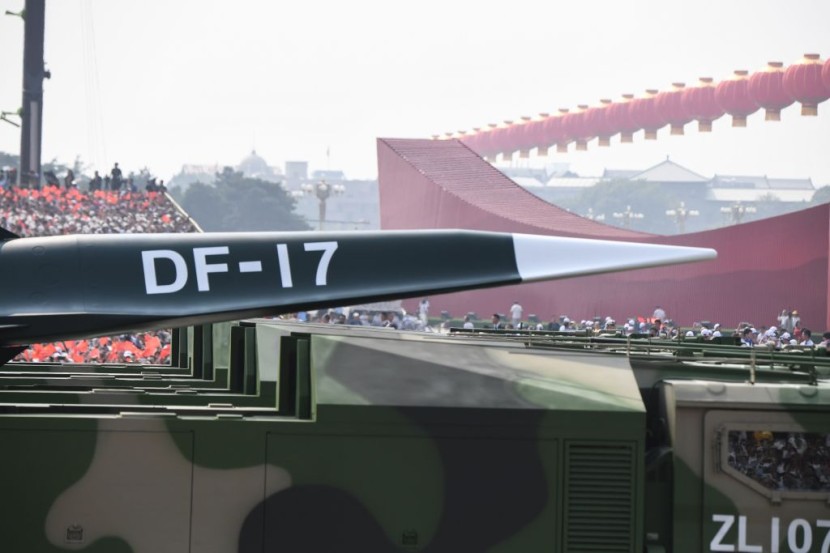
Chinese researchers worked on Mach 5+ high-speed bombing technology in conjunction with its hypersonic technology.
South China Morning Post reported the technology uses robotic appendages to test the ability of a hypersonic bomber plane to release a payload inside a high-speed wind tunnel.
Chinese Aircraft's High-Speed Bombing Capability
The China Aerodynamics Research and Development Center (CARDC) in Sichuan Province is expected to create a one-of-a-kind hypersonic captive trajectory system (CTS). It tilts a model to see how the prototype and cargo react, reported Eurasian Times.
It is part of the drive behind hypersonic weapons, which experts believe are far ahead of the US in this technological sphere. Washington's attempts to downgrade Beijing have failed.
The captive trajectory system (CTS) was created in the 1960s and is now extensively used by military researchers to evaluate aircraft and projects before test flights.
Lin Jinzhou, who heads the Chinese researchers at CARDC, added dual robot arms to the CTS instead of one to increase system mobility.
Lin says that Mach 5+ high-speed bombing tests in other countries use a different movement than theirs. CTS is not used for hypersonic velocity studies for bomber aircraft in other nations.
Experts Face Technical Problems in Developing Hypersonic Bombing
A paper detailing the dual-armed CTS and how it demonstrated cargo deployed at Mach 6 while in a 3.3-foot wind tunnel was recently published in the Chinese journal Acta Aerodynamica Sinica.
Lin added that a major problem doubling an airframe's ability to achieve high-speed release is if the storage can be safely detached from the airplane.
They observed shock waves between the high-speed airframe and the cargo at Mach 6. Shock waves bounce back and forth, pitching the load dangerously close to colliding with the plane. Pressure caused by the shocks moved sideways, and the plane's body was out of balance.
Because of this risk, a safer method of releasing cargo while in flight while coordinating airframe movement with the payload it releases is required. Such studies are critical in developing a two-stage transportation system capable of transporting weapon loads or passenger vehicles to close to space heights and releasing them anywhere on the planet in less than an hour.
Wind tunnel testing is required to construct super-fast airframes to reduce costs associated with actual testing. It reduces accidents, but extensive testing is required to obtain the precise data needed to get it right.
Shockwaves in the wind tunnel should not harm robotic arms, and there should be no room for error. Everything must be in order when testing begins to achieve the best results.
Chinese researchers are testing Mach 5+ high-speed bombing via the hypersonic captive trajectory system for future bomber aircraft for the People's Liberation Army Air Force.
Related Article: IRST Technology Makes the F-35 and F-22 Stealth Feature Vulnerable
© 2025 HNGN, All rights reserved. Do not reproduce without permission.








